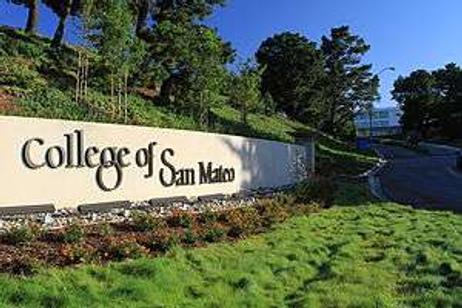In the past, when San Mateo County Community College District in California asked the voters for more funding, the answer was yes. However, the district didn’t fare so well in this last round of voting, and now the three colleges within the district will be forced to make some tough decisions regarding the expansion and renovation of their campuses. The bond issue has raised some interesting issues on both sides, as voters came out to either support their community college system or send a strong statement that, like others in a tough economy, San Mateo must figure out how to do more with less.
Measure H Designed for Upgrades
The most recent bond issue to come before San Mateo voters, Measure H, would have provided the community college district with an additional $564 million. The money was slated to be used to continue the district’s decade-long reconstruction project, according to a report in The Almanac. The bond measure went down in defeat to a vote of 52.75 percent who supported the measure and 47.25 percent who opposed it. The measure required a minimum approval vote of 55 percent to pass, according to current state law.
The defeat was the first the community college district has faced in recent years. Over the past decade, two other bond measures have passed, providing the district with necessary funding for upgrades to buildings and technology throughout their campuses. According to Peninsula Press, the first measure passed in 2001



















